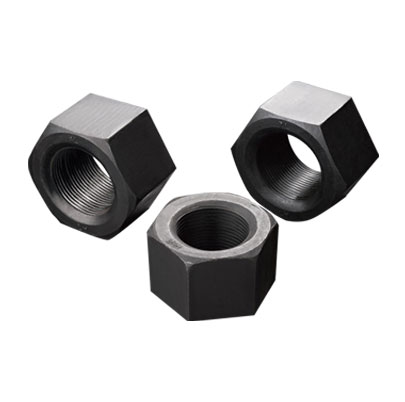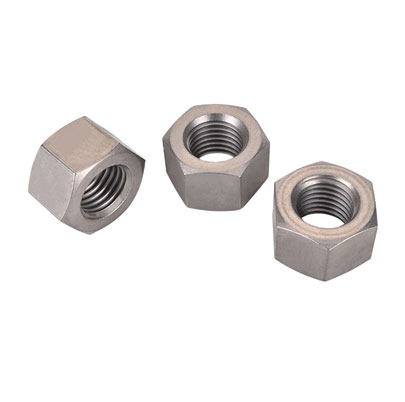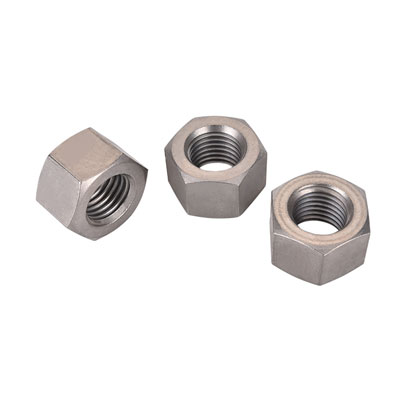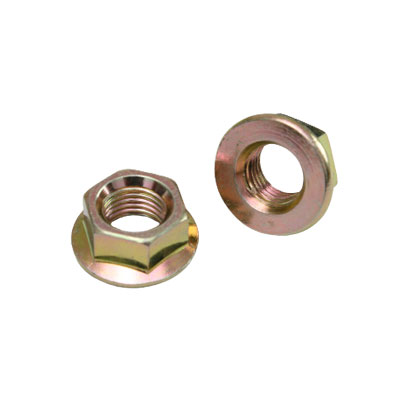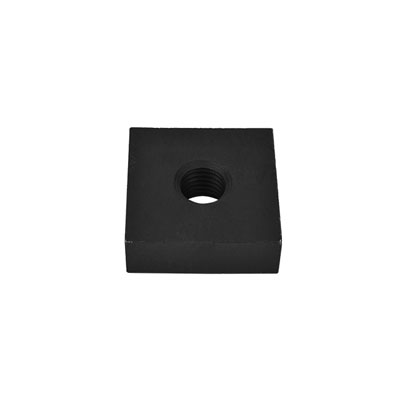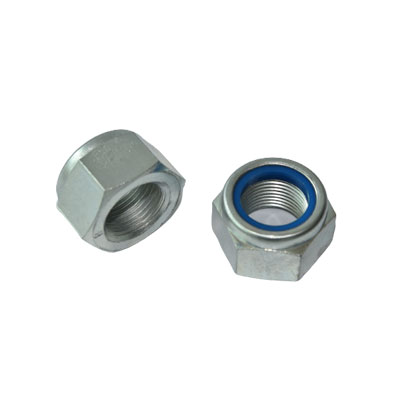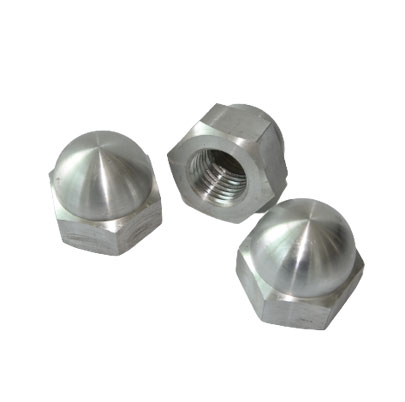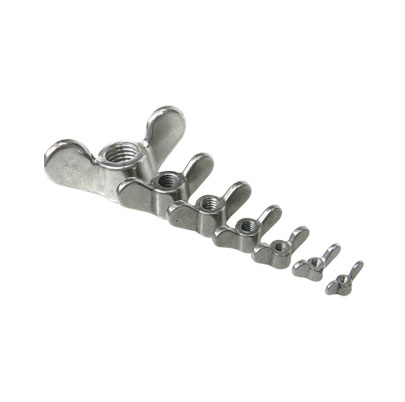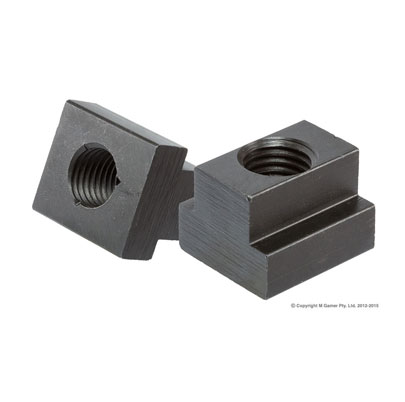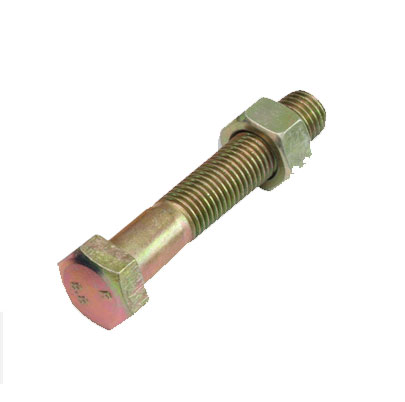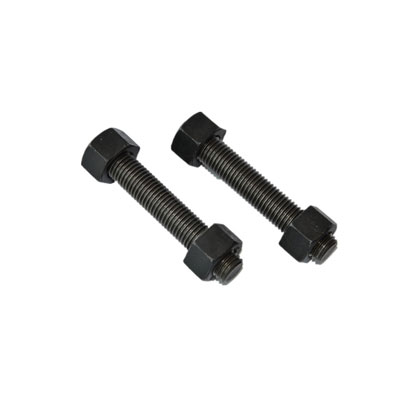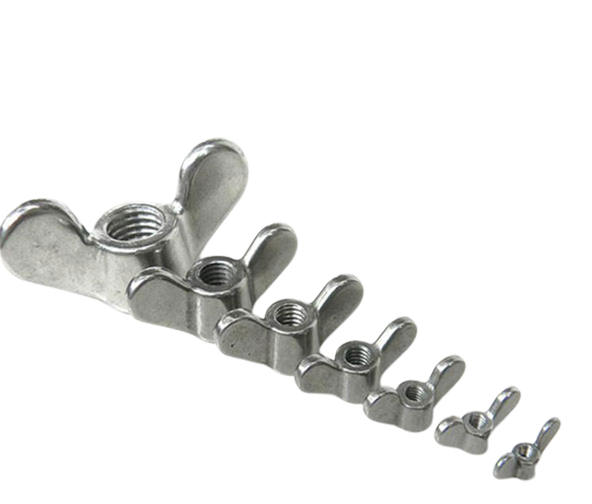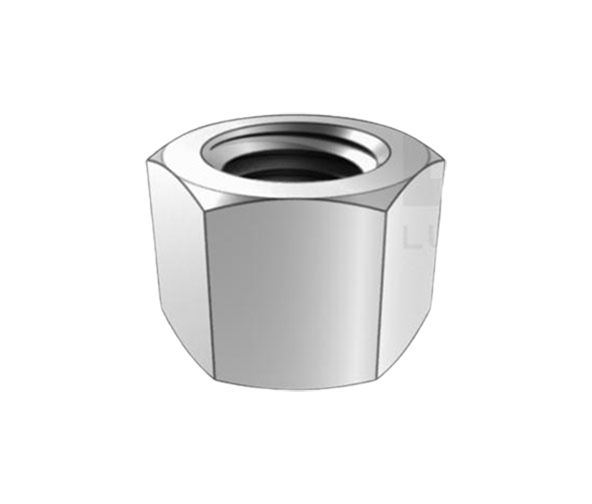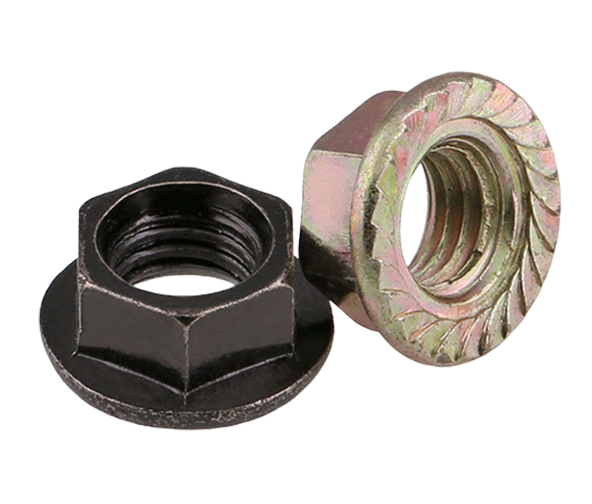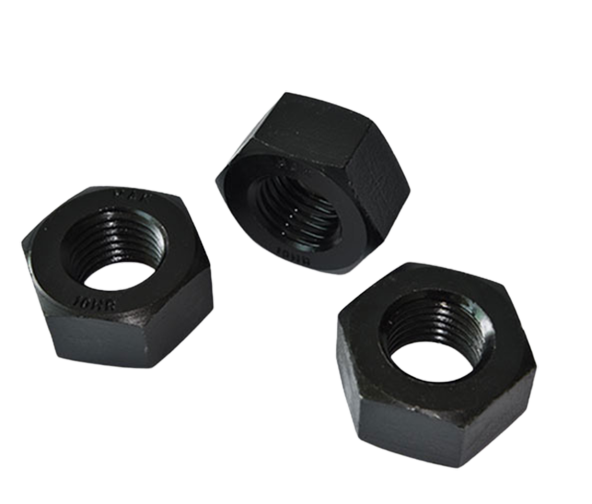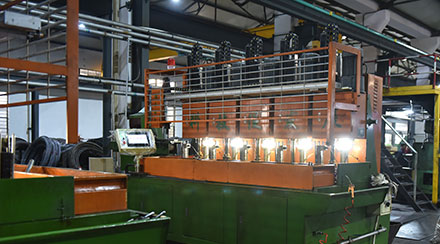1. The surface treatment method of industrial fasteners
Electroplating, hot-dip galvanizing, and mechanical plating are the most common methods used to form a covering layer on the surface of fasteners. After surface treatment, fasteners can present a more beautiful appearance. Externally, the corrosion resistance of the fastener itself will also be improved. The main purpose is to make the industrial fastener itself obtain anti-corrosion ability, so as to increase the reliability and adaptability of the fastener. Therefore, the quality judgment of the surface treatment of the fastener is mainly to check the corrosion resistance of the fastener. Whether the capacity is effectively increased, and whether the increase meets the expected requirements.
The electroplating of fasteners refers to immersing the part of the fastener that needs to be electroplated in a specific aqueous solution. The aqueous solution will contain some deposited metal compounds, so that after the current passes through the aqueous solution, the metal substances in the solution will precipitate and adhere to the fastening surface. on the dipped part of the firmware. Electroplating of fasteners generally includes galvanized, copper, nickel, chromium, copper-nickel alloy, etc.
The hot-dip galvanizing of fasteners is to immerse the fasteners of carbon steel components into a bath of molten zinc at a temperature of about 510 ° C, so that the iron-zinc alloy on the surface of the fasteners will be converted into passivated zinc, thereby Get a finish. The hot-dip galvanizing treatment of fasteners is more expensive than electroplating. The mechanical plating of industrial fasteners refers to the use of specific physical and chemical means to impact the surface of the fastener with the powder of the coated metal, so that the coated metal forms a coating on the surface of the fastener through cold welding to achieve Surface treatment effect. Mechanical plating of fasteners is mainly applicable to spare parts such as screws, nuts and washers.
2. High-end and new industrial fasteners are the advantages of future aviation fasteners
With the rapid development of the aerospace industry, fasteners in the aviation industry have also ushered in an unprecedented new era. Fasteners are widely distributed on aircraft. For example, there are about 400,000 pieces on the fuselage and wings of a typical dual-aisle aircraft. From smart fasteners to high-performance ring groove fasteners, fastener companies should respond to the needs and opportunities of this market.
Titanium alloy fasteners play a vital and fundamental role in the rendezvous and docking missions of Tiangong-1 and Shenzhou-8, and new titanium alloy materials have also become a shortcoming restricting high-end fasteners. For designers and manufacturers of all industrial fasteners, access to new materials such as titanium alloys is a major challenge. At present, the cost of rare materials is constantly rising, and today's aviation market is developing rapidly. The availability of raw materials is the most important. Another key factor is to be able to provide customers with an appropriate delivery date.
 English
English
